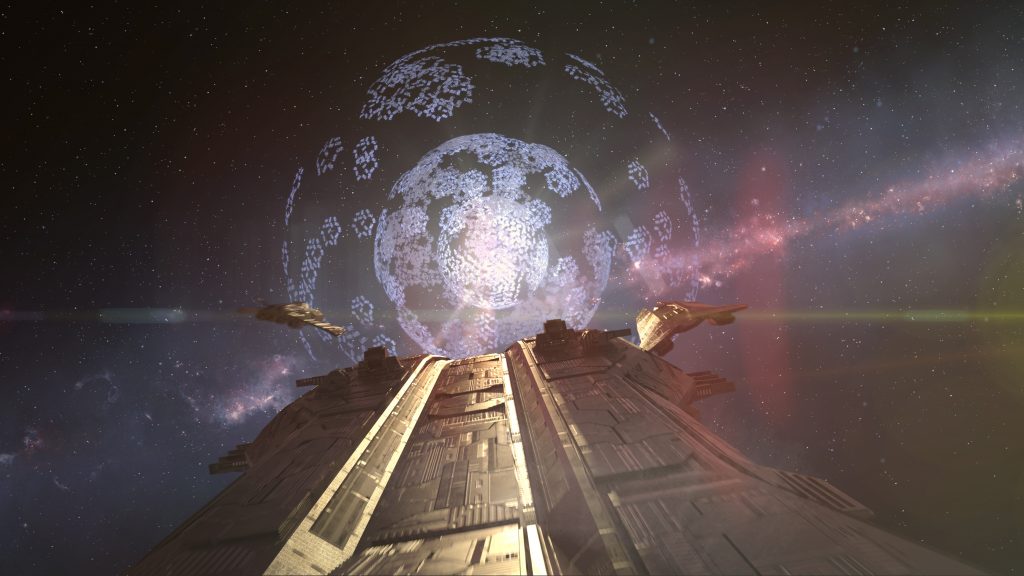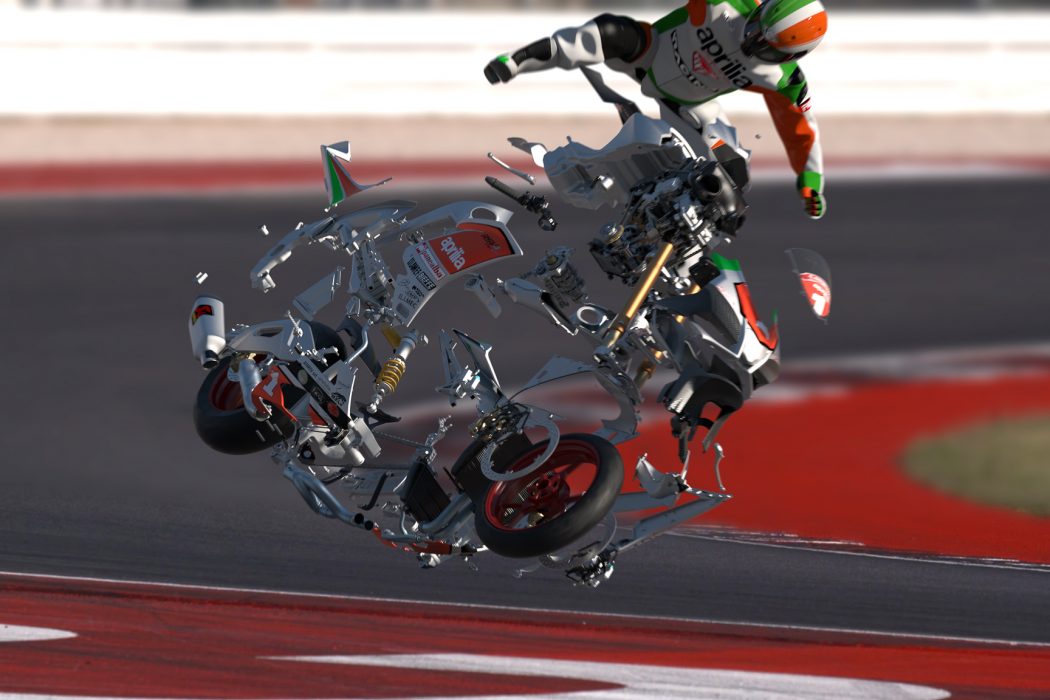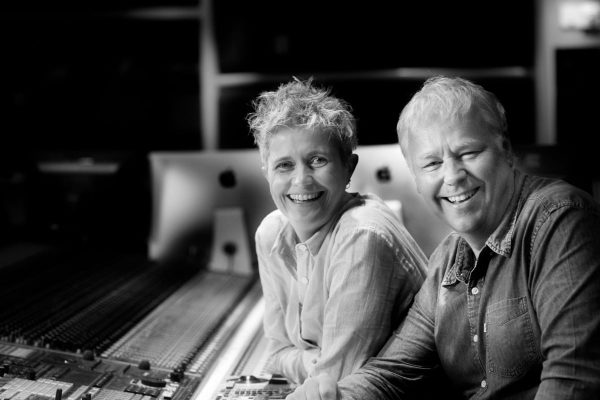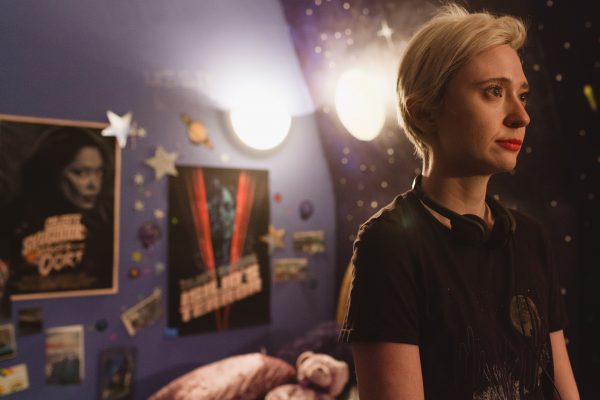This is the era of “peak TV,” as some call it: there are just so many programmes to watch. Our minds might go to scripted series, such as fictional drama or comedy, but expectations are also continually being raised for documentaries—just think of Channel 4’s investigative Dispatches or Netflix’s highly dramatised look into Chernobyl. The demand for more and more TV is overwhelming, although budgets and turnarounds are as tight as ever.
Windfall Films knows this well. Founded in 1988 by a trio of former BBC producers, the London-based studio has established itself as one of the leading producers of factual television. Windfall works with such clients as National Geographic, BBC4, and Discovery Channel, and the company’s productions are marked by high production values, utilizing CG footage to create impressive sequences that help bring stories to life and elevate each episode.
Windfall Films’ Head of Animation & VFX, Robert Hartel, explains how his team interact with clients and collaborators alike and meet the rigorous demands of television production.
Bringing stories to life
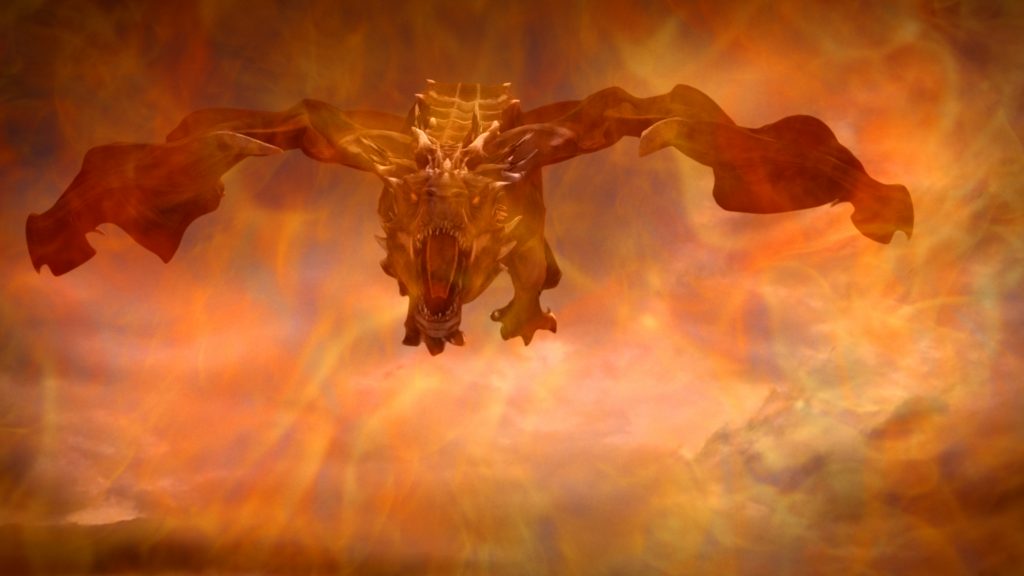
Hartel has been with Windfall Films for more than two decades, and has worked on a wide number of projects for the company. As fact-driven television programming has evolved over time, the technical demands have grown—and CG is now a regular part of the studio’s remit.
“What we’ve found is that the producers and directors don’t physically have enough time to look after the CG—television is a very different beast from feature films with all the time and money needed for production,” he says. “In TV, CG is just one out of thousands of things that need to be done. This is one of the reasons CG is thought of as hard work by many in the industry because it too often appears as an afterthought in edit instead of a priority.”
It’s not an afterthought to Windfall Films, however. The studio has a dedicated CG team that works closely with the director/producer early on to help figure out the best-quality, bang-for-their-buck CG that they can get for the show. Once that’s settled, they’re off to the races to develop high-quality CG within the slim timeframes.
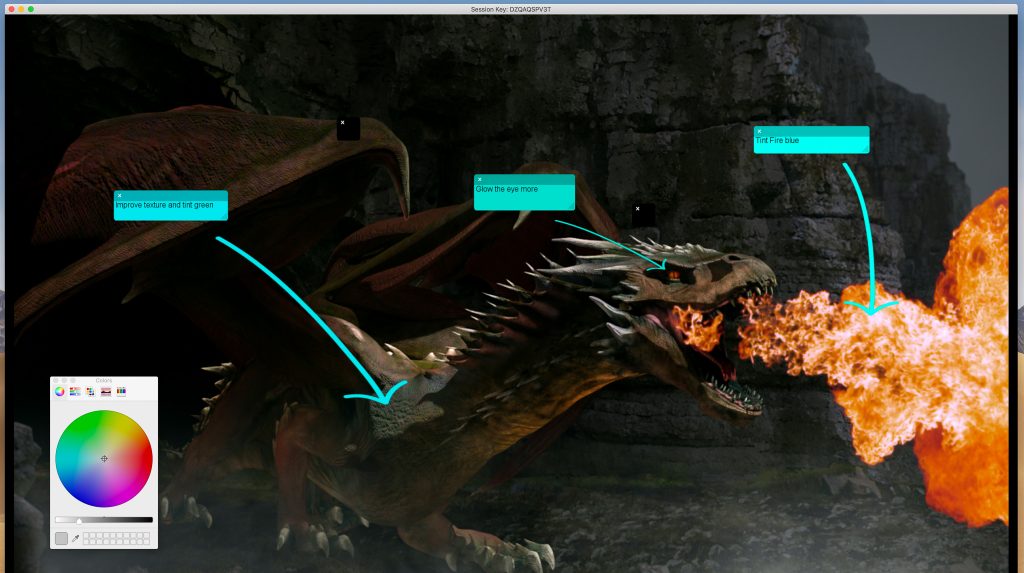
A recent series for the Discovery Channel had Windfall Films working on 18 hour-long episodes, each with as many as 11 CG shots at about 45 seconds apiece. That’s a large haul for a weekly production. In 2018, Windfall Films worked on 38 total hours’ worth of television with CG elements, which amounted to about five hours of CG in total. Whether it’s an archaeology-themed show like Unearthed or a myth-deconstructing series called Mythical Beasts, the team keeps pumping out CG that brings educational programmes to life.
Windfall’s particular speciality is “blowing things up”. Viewers can watch as a complex piece of machinery, such as a plane, or a boat, or an intricate building like an Egyptian pyramid, can be
exploded into its component parts, showing all the inner workings. This means the models can be extremely complex, but still need to be turned around in a tight timeframe.
Mythical Beasts has been a particular highlight for Hartel and his team, allowing them to flex a bit of creative muscle in their CG work. “We weren’t constrained by factual depictions because we were designing creatures that only existed in mythology,” he says. “It almost felt like we were working on a feature film production, creating multiple designs of Minotaurs and focusing on details such as the Minotaur’s boots! We started to feel a bit like Peter Jackson, designing families of creatures and delving into their personalities. It was great to have so much creative freedom.”
cineSync closes gaps
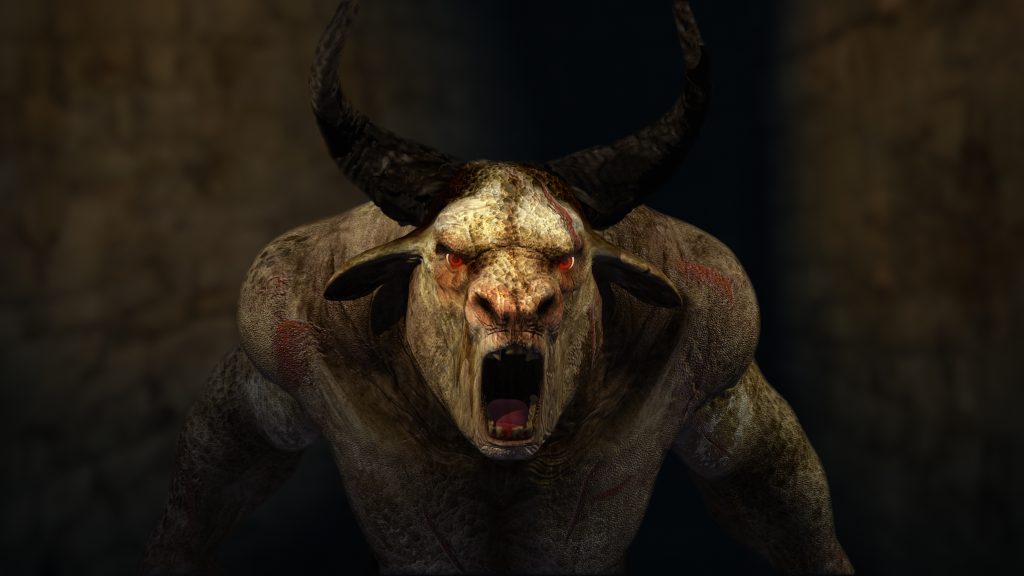
Whether it’s mythical Minotaurs or exploring the stars above, Windfall Films’ CG department relies on cineSync video review to maintain the lines of communication throughout its projects. Collaborators can fire up the same real-time session to review footage, draw upon and highlight areas of the image, and take hyper-specific notes to ensure that feedback is unambiguous.
“We have such a low margin of error and so many shows to finish; we’ve got to make sure that from the get-go, we translate exactly what we need to the team,” says Hartel. “From the briefing onwards, it’s not just explaining what they do: it’s what we want, and making sure they understand the factual constraints. In comparison, feature films are much more about the artistic and creative looks of CG, whereas in documentaries, certain things have to look a particular way.”
Windfall Films often works with teams in Canada, and cineSync makes it possible to stay on the same page with them without catching a flight across the pond.
“An hour’s journey across London can be cut down into a 10-minute session,” Hartel explains. “I’ll fire up cineSync and we can go through it and draw. I can’t draw to save my life, but just being able to interact, doodle, and get a sense of proportion and scale can help so much. Getting your teeth into the shot is so valuable.”
For Windfall Films, these real-time review sessions are the key to hitting regular deadlines. CG production is just one small part of an episodic series, and if it’s late, then everything else starts to run behind and get backed up. The knock-on effect can be devastating to TV timelines.
“Under no circumstances can there be a delay in the production, so we keep a very tight evaluation of our resources and time,” says Hartel. “One thing we’ve learned with CG is that you only move forward through the pipeline, you never move back—communication is make or break.”
Much more to come
Windfall Films keeps pushing ahead with its ambitious production schedule, continually setting new standards for storytelling and presentation with fact-based programming. CG production is a major part of that, and along with its steady TV workload, Windfall Films recently got its feet wet with big-screen content by contributing CG work to an IMAX production. It could be a sign of things to come from the team.
“Seeing our work on the big screen was amazing,” says Hartel. “We have the expertise for these kinds of projects, and the stories we tell in our own work set us apart and could really translate well. We can bring great stories to big screens.”
